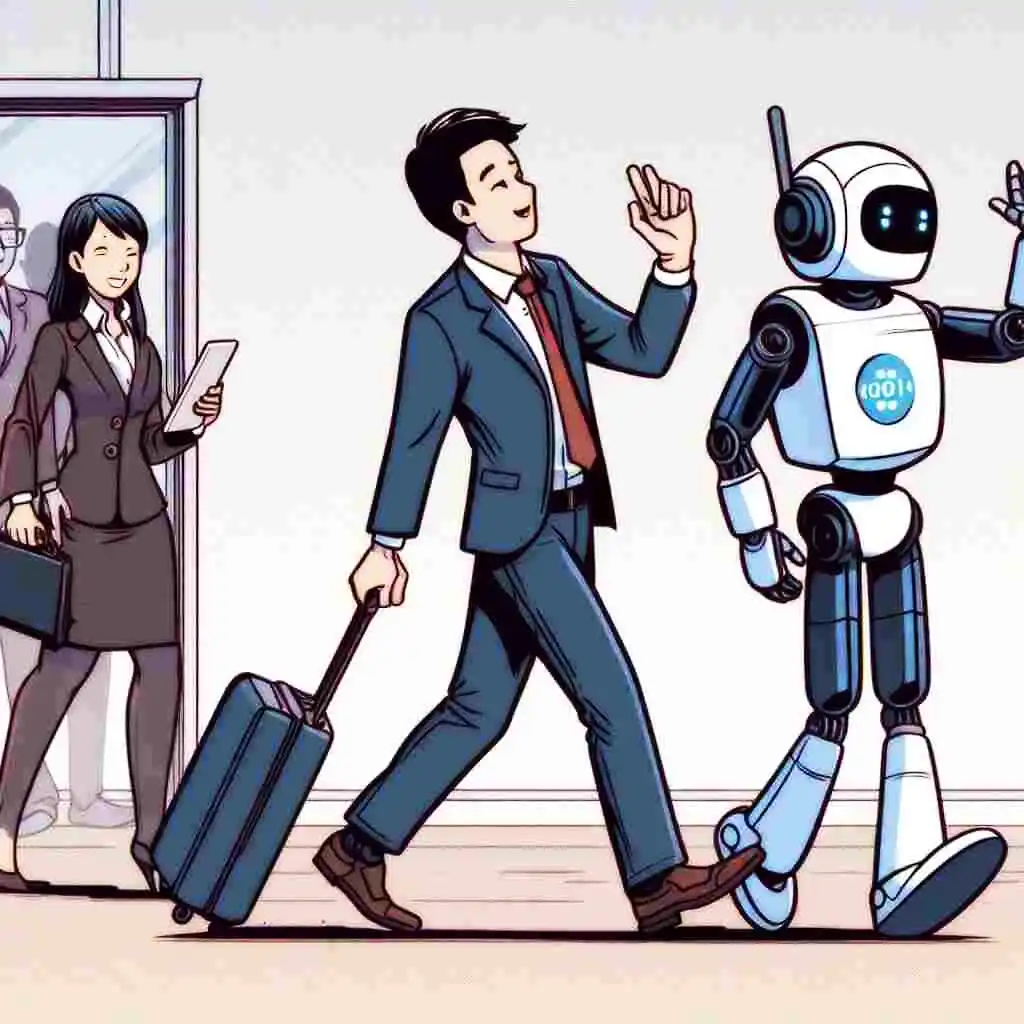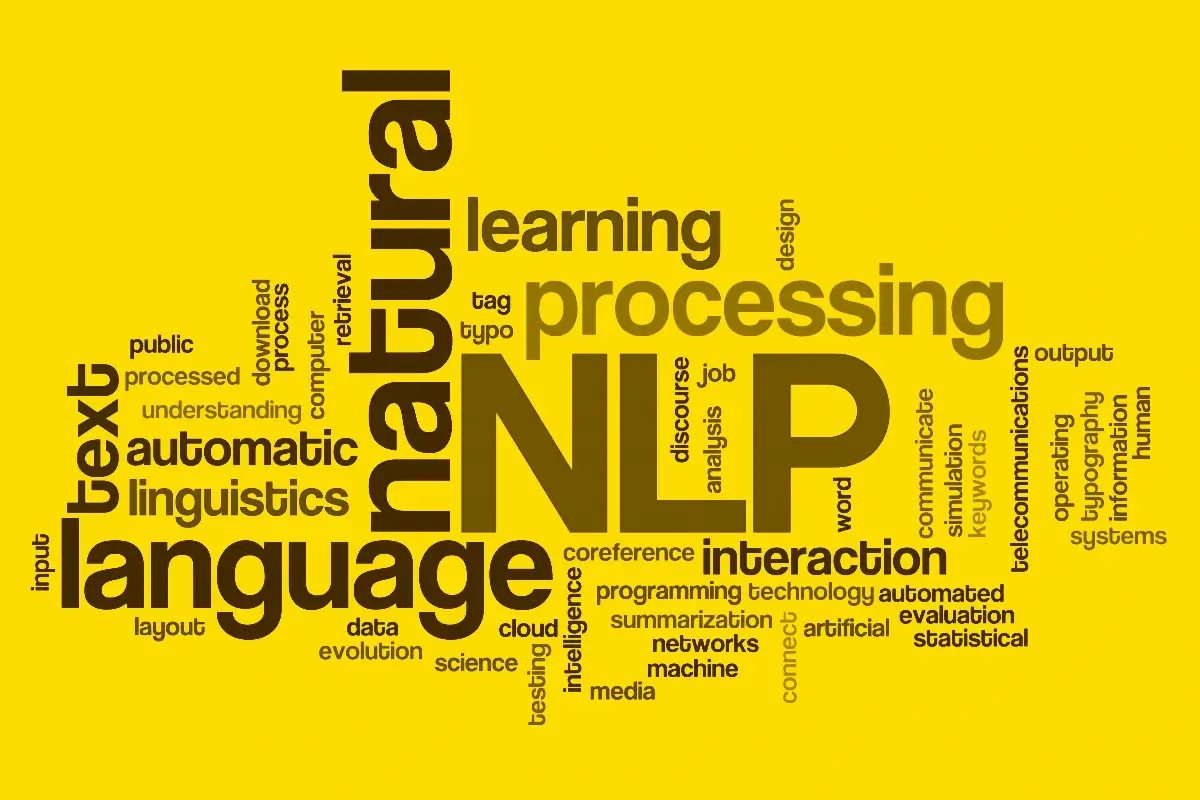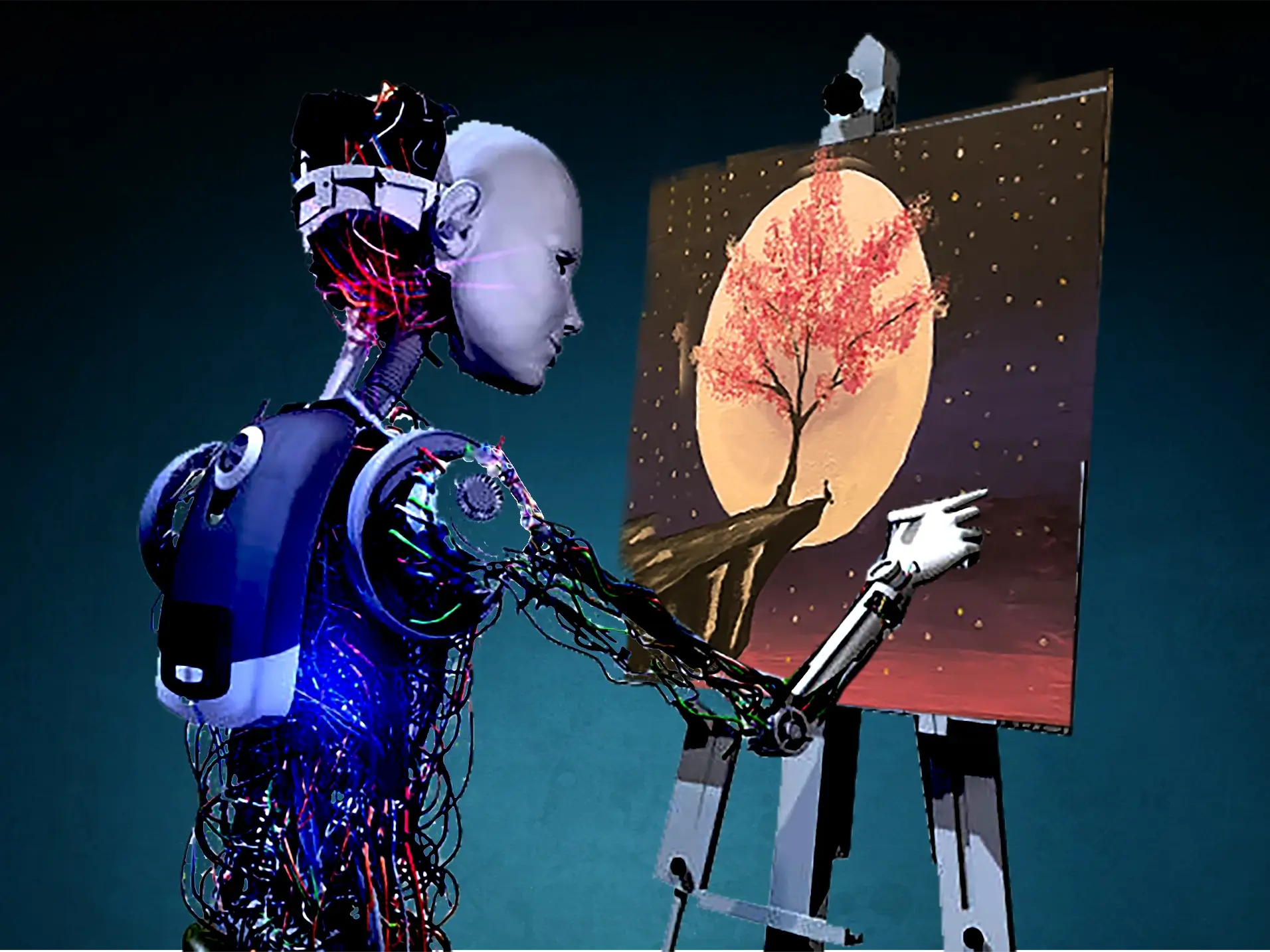
Introduction:
In a world where technology continually evolves, Artificial Intelligence (AI) and Chatbots stand at the forefront of transformation. These intelligent conversational agents have revolutionized the way we interact with machines and, more importantly, with each other. Let’s embark on a journey to explore the dynamic duo of AI and Chatbots, unlocking the secrets of their evolution and potential impact on our lives.
Overview of AI:
Artificial Intelligence is the pinnacle of human ingenuity, enabling machines to mimic cognitive functions such as learning, reasoning, problem-solving, and perception. With the power of AI, computers can analyze vast datasets, recognize patterns, and make decisions, ushering in an era of unprecedented innovation.
Overview of Chatbots:
Before the era of AI, Chatbots were simple rule-based systems programmed to respond to specific keywords. These early Chatbots were rigid, often leading to frustrating and unproductive conversations. However, the advent of AI has transformed Chatbots into sophisticated virtual assistants capable of understanding and generating human-like responses.
The Power of Natural Language Processing (NLP):
One of AI’s key breakthroughs is Natural Language Processing (NLP), a branch of AI that enables machines to comprehend, interpret, and generate human language. NLP has become the driving force behind modern Chatbots, allowing them to process text and speech to deliver contextually relevant and coherent conversations.
Examples of AI-powered chatbots:
1- Siri:
Apple’s virtual assistant employs AI and NLP to answer questions, set reminders, and even tell jokes.
2- Google Assistant:
Google’s Chatbot provides information, controls smart devices, and executes tasks using AI-driven natural language understanding.
3- ChatGPT:
OpenAI’s GPT-based Chatbot is known for its ability to engage in meaningful conversations, offer suggestions, and assist with various tasks.
4- Amazon Alexa:
While primarily known as a virtual assistant for smart speakers and devices, Amazon Alexa is powered by AI and NLP technologies. It can perform a wide range of tasks, from answering questions and setting reminders to controlling smart home devices.
5- IBM Watson Assistant:
IBM’s Watson Assistant is a versatile AI Chatbot that enhances customer support by using natural language understanding and machine learning for personalized assistance, including troubleshooting, product recommendations, and appointment scheduling across diverse industries.
The Future of Chatbots with AI: Beyond the Conversation
While ChatGPT currently reigns as one of the most advanced language models in this domain, it’s important to note that other technologies like GPT-3 and reinforcement learning are also on the ascent, poised to make significant contributions to the field. As businesses persist in their quest to enhance customer service and connect effectively with their audiences, conversational AI is poised to become an increasingly indispensable tool in their arsenal.
In my perspective, the beauty of conversational AI lies in its adaptability and capacity to offer tailored, engaging interactions. Businesses that embrace this technology with a thoughtful strategy can harness its capabilities to provide customers with experiences that are not only personalized but also genuinely enriching. The future of conversational AI promises a dynamic landscape of innovation, and those who navigate it wisely stand to reap substantial rewards in customer satisfaction and engagement.
Advantages:
1- Enhanced Customer Service:
AI-powered Chatbots have the potential to revolutionize customer service. They can provide instant responses to customer queries 24/7, reducing response times and improving customer satisfaction
2- Efficiency:
Chatbots excel at automating routine tasks and processes. They can handle repetitive inquiries, such as checking order statuses or providing product information, allowing human agents to focus on more complex and value-added tasks.
3- Personalization:
Advanced AI Chatbots can analyze user data to provide personalized recommendations and responses. They can remember user preferences and past interactions, making conversations more relevant and engaging.
Disadvantages:
1- Data Privacy Concerns:
Chatbots collect and process user data, which raises concerns about data privacy and security. Businesses must ensure robust data protection measures are in place to safeguard sensitive information shared during interactions.
2- Technical Limitations:
Chatbots may struggle with highly specialized or nuanced topics. They rely on pre-programmed responses or knowledge databases, and their ability to handle complex or evolving subjects may be limited.
3- Maintenance and Training:
AI Chatbots require ongoing maintenance, updates, and training to keep up with changing user needs and technological advancements. Failure to do so can lead to a decline in performance over time.
AI’s Impact in Other Domains:
Beyond Chatbots, AI is transforming various sectors:
1- Healthcare:
AI assists in disease diagnosis, drug discovery, and personalized treatment plans.
2- Finance:
AI optimizes investment portfolios, detects fraud, and automates trading.
3- Autonomous Vehicles:
Self-driving cars rely on AI for navigation and decision-making.
4- Education:
AI-powered platforms facilitate personalized learning and assessment.
In conclusion, AI and Chatbots are reshaping how we communicate and interact with technology. With advancements in NLP and machine learning, the future holds even more promising possibilities for these intelligent virtual assistants. While challenges remain, the potential for enhancing efficiency, convenience, and accessibility in our daily lives is boundless. As we journey further into the digital age, embracing AI and Chatbots is not just an option but a necessity to thrive in the rapidly evolving landscape of technology.





